Benefits of Applying tilak on the forehead
Tilak or Tika is a reference to the dot symbol of Hindu people, commonly worn on the forehead as a religious or cultural practice. Applied in a variety of shapes and sizes, it is usually made using sacred ash, vermillion, or sandalwood paste. The practice of wearing a tilak or tika has been around for centuries, and it is believed to have many benefits for both the wearer and those around them. In this article, we will explore some of the benefits of applying tilak on the forehead.
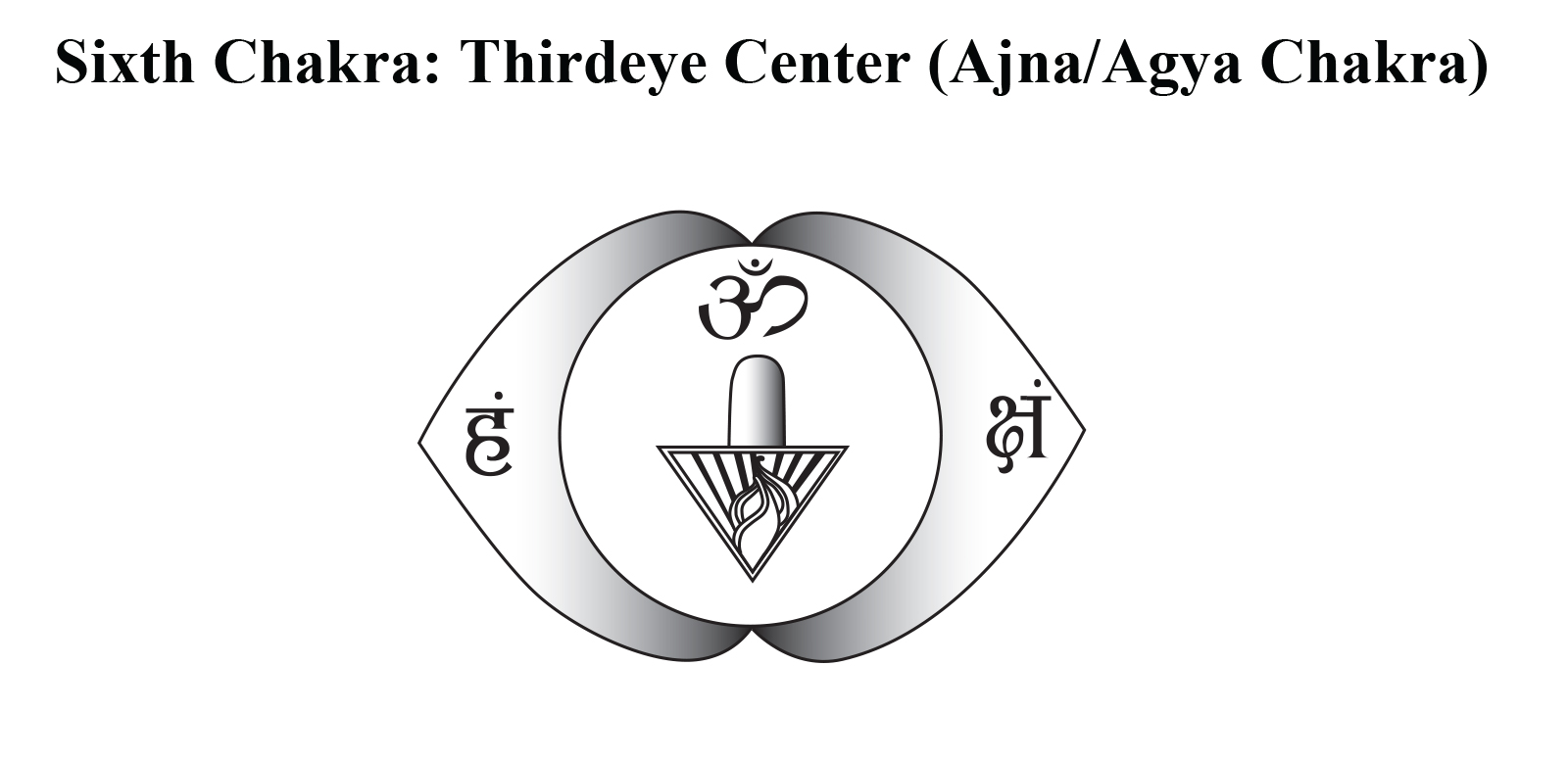
- Spiritual Importance: One of the primary reasons people wear a tilak is its spiritual significance. In Hinduism, the tilak is believed to represent the third eye or the Ajna chakra, which is associated with higher consciousness and spiritual awakening. It is believed that by wearing a tilak, one can connect with the divine and gain access to higher levels of awareness.
- Protection from negative energy: Another benefit of wearing a tilak is that it is believed to offer protection from negative energy. It is said that the tilak creates a protective shield around the wearer’s aura, preventing negative energies from penetrating it. This can be particularly beneficial in situations with a lot of negativity or stress, as the tilak can help calm and center the mind.
- Increased concentration and focus: The tilak is also believed to help with concentration and focus. When applied to the Ajna chakra, it activates this energy center, which can help improve mental clarity and focus. This can be particularly beneficial for students, professionals, and anyone who needs to maintain a high level of concentration in their daily life.
- Promotion of good health: According to Ayurveda, tilak can also promote good health. The forehead is believed to be an important energy center in the body, and by applying a tilak to this area, one can balance the body’s energy and promote overall well-being. Additionally, the ingredients used in the tilak, such as sandalwood and turmeric, are known for their antibacterial and antifungal properties, which can help to keep the skin healthy and free from infection.
- Social Significance: Wearing a tilak can also have social significance. In Hindu culture, the tilak is often used to mark special occasions, such as weddings and religious ceremonies. It is also a way to identify oneself as a follower of a particular tradition or sect. By wearing a tilak, one can connect with others who share similar beliefs and values and feel a sense of belonging and community.
In conclusion, wearing a tilak or tika on the forehead has many benefits, both spiritual and practical. It can help to promote good health, protect against negative energy, improve concentration, and focus, and create a sense of community and belonging.
While the practice of wearing a tilak may have religious roots, it is also a meaningful and valuable practice for anyone who is interested in cultivating a deeper connection with themselves and the world around them. In Nepal as well as everywhere people welcome you with tika which is for your well-being. We put tika or tilak during different celebrations that a way of sharing joy and happiness with each other and as well blessing each other with good energy.
During yoga teacher training as well after the completion of 200-hour yoga teacher training and 500 Hour Yoga Teacher Training in Nepal we put tilak and the bead which refers to the awakening of the ajna chakra and hence providing them with the path of more intelligence and consciousness as the course guides them to deal with every aspect of their life.
20 Best Inspirational Yoga Quotes
Best and Famous Yoga quotes by Bhagavad Gita and Spiritual Guru, Yoga Teacher. Yoga’s essence is balance. Not just the balance between the mind and body, but also the balance in our relationship with the outside world. Yoga stresses mindfulness, moderation, and discipline.
Yoga Quotes
#1: Yoga is a skill in action-The Bhagavad Gita
#2: Yoga is a mirror to look at ourselves from within-B K S Iyengar
#3: The attitude of gratitude is the highest yoga–Yogi Bhajan
#4: Yoga is 99% practice & 1% theory– Sri K. Pattabhi Jois
#5: Blessed are the flexible, for they shall not be bent out of shape-Michael McGriffy
#6: If you are in a state of all-inclusive passion, we call this yoga— Sadhguru
#7: It is better to conquer yourself than to win a thousand battles– Buddha
#8: The inspiration you seek is already inside you, be silent and listen– Rumi
#9: The mind is madness. Only when you go beyond the mind, will there be Meditation— Sadhguru
#10: Yoga cultivates ways of maintaining a balanced attitude in day-to-day life and endows skill in the performance of one’s actions-B.K.S. Iyengar
#11: Do your practice and all is coming-K. Pattabhi Jois
#12: When you inhale, you are taking strength from God. When you exhale, it represents the service you are giving to the world-B.K.S. Iyengar
#13: Yoga is the fountain of youth. You’re only as young as your spine is flexible-Bob Harper
#14: Yoga is a way to freedom. By its constant practice, we can free ourselves from fear, anguish, and loneliness-Indra Devi
#15: Take care of your body, it’s the only place you have to live– Jim Rohn
#16: Yoga takes you into the present moment, the only place where life exists-Patanjali
#17: Your task is not to seek for love, but merely to seek and find all the barriers within yourself that you have built against it-Rumi
#18: Yoga is a light, which once lit, will never dim. The better your practice, the brighter the flame-B.K.S. Iyengar
#19: In truth, Yoga doesn’t take time, it gives time– Ganga White
#20: Yoga teaches you how to listen to your body-Mariel Hemingway
Let’s adopt these quotes in our life and enhance the lifestyle of Yoga with these amazing meaningful quotes. This quotes not only enlightens us but also gives us knowledge of how yoga can be.
Yoga Mudras to Practice in Daily Life
Himalayan Yoga presents an article on Yoga Mudras to practice in daily life. Mudras have been a vital piece of profound practices in India and Nepal for millennia and have been portrayed in old Indian workmanship and models. In Hinduism, mudras are utilized in sanctuary customs and dance exhibitions. They are also found in practice in ritual dances and Buddha statues in Buddhism.
The starting points of yoga mudras can be followed back to old India and are referenced in old texts, for example, the Hatha Yoga Pradipika and the Gheranda Samhita, which date back to the fifteenth century CE. Be that as it may, what precisely is a yoga mudra? We should investigate.
What is Yoga Mudra?
In Yoga, mudras are viewed as non-verbal correspondences between the subtle body and the physical body, they are used to help stimulate the flow of energy through the body and activate specific areas of the brain to bring about a specific state of mind. They are often performed in pair with pranayama (breathing techniques) and asanas (yoga postures) to enhance the benefits that we receive as they channel the more energy flow in our body.
Mudras have a lot to offer in terms of spiritual, physical, and mental well-being, and are now widely used in yoga and meditation practice in the modern world. It’s also used in other forms of art, such as dance and music, due to its healing and therapeutic benefits.
7 Easy Yoga Mudras You Can Do every day
- Chin Mudra
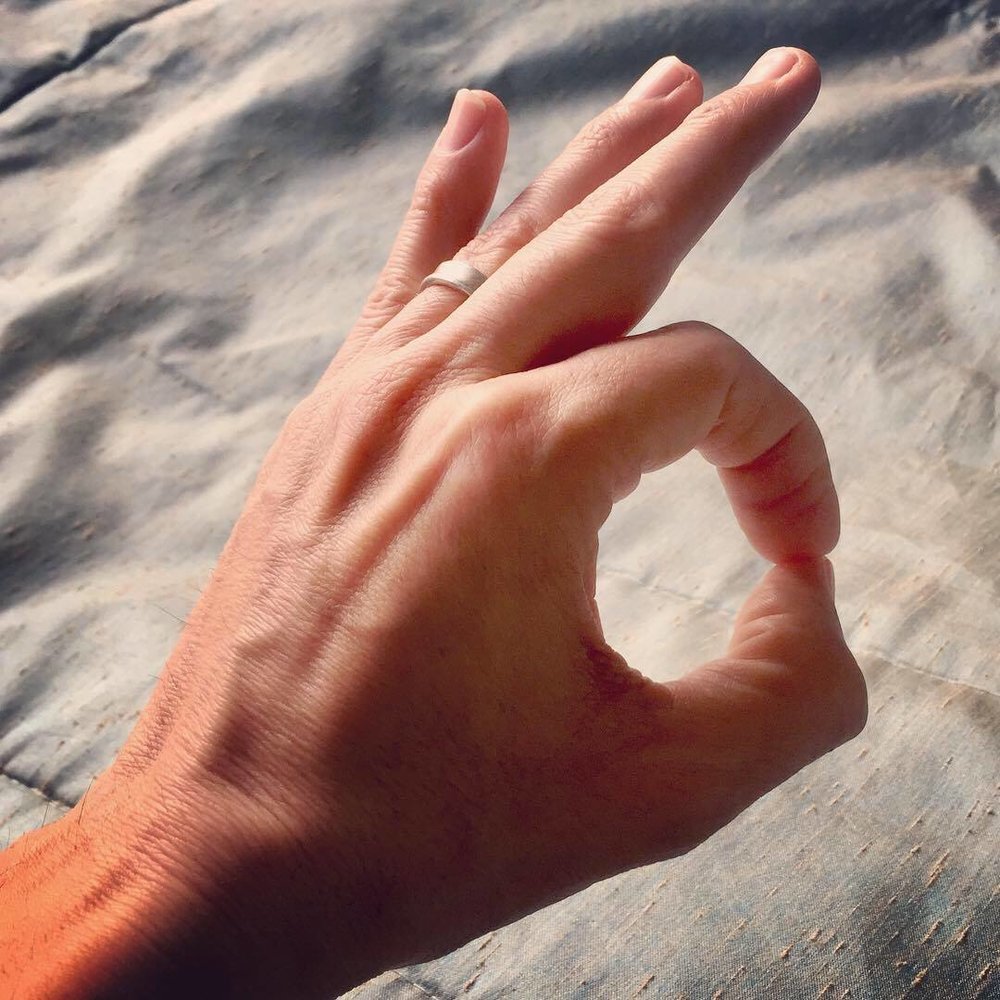
The Chin Mudra is much of the time utilized during contemplation and pranayama practices to assist with expanding concentration and focus. It is accepted to assist with adjusting the body’s energy stream and advance a feeling of quiet and peacefulness.
It is also used in asanas and yoga postures. The belief that one can transcend the ego and reach a higher level of consciousness by performing this mudra is represented by the union of individual consciousness and universal consciousness. It is frequently depicted in Buddha statues while he is meditating with his hands in Chin Mudra.
Steps of Chin Mudra:
- Sit in Sukhasana (Easy Pose), Padmasana (Lotus Pose), or Vajrasana (Thunderbolt Pose) in a comfortable seated position with a straight spine.
- Unite your hands before your chest, with your palms looking up.
- While keeping the other fingers straight, touch the tip of your index finger to the tip of your thumb. The other fingers remain extended while the index and thumb form a circle.
- Maintain this position while paying attention to your intention and breath. Relax and let go of any tension in your body by taking slow, deep breaths.
2. The Anjali Mudra
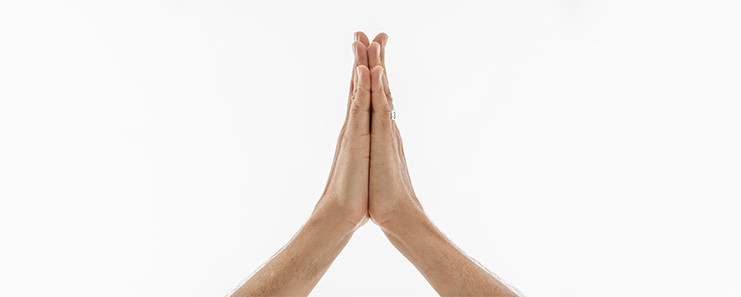
The Anjali Mudra is a common yoga pose that is performed at the beginning and end of classes as a gesture of respect and appreciation for the teacher and the practice.
This is the way to do the Anjali Mudra:
- Maintain a straight spine as you stand or sit in a comfortable position.
- Unite your hands before your heart, with your palms contacting and fingers facing up.
- Press your palms together solidly yet easily, ensuring your fingers are facing up and not twisted back.
- Stand firm on this foothold while zeroing in on your breath and your aim. Take slow, full breaths, and unwind.
- As you press your palms together, you can bow your head somewhat in a token of regard, modesty, and appreciation.
3. The Shuni Mudra
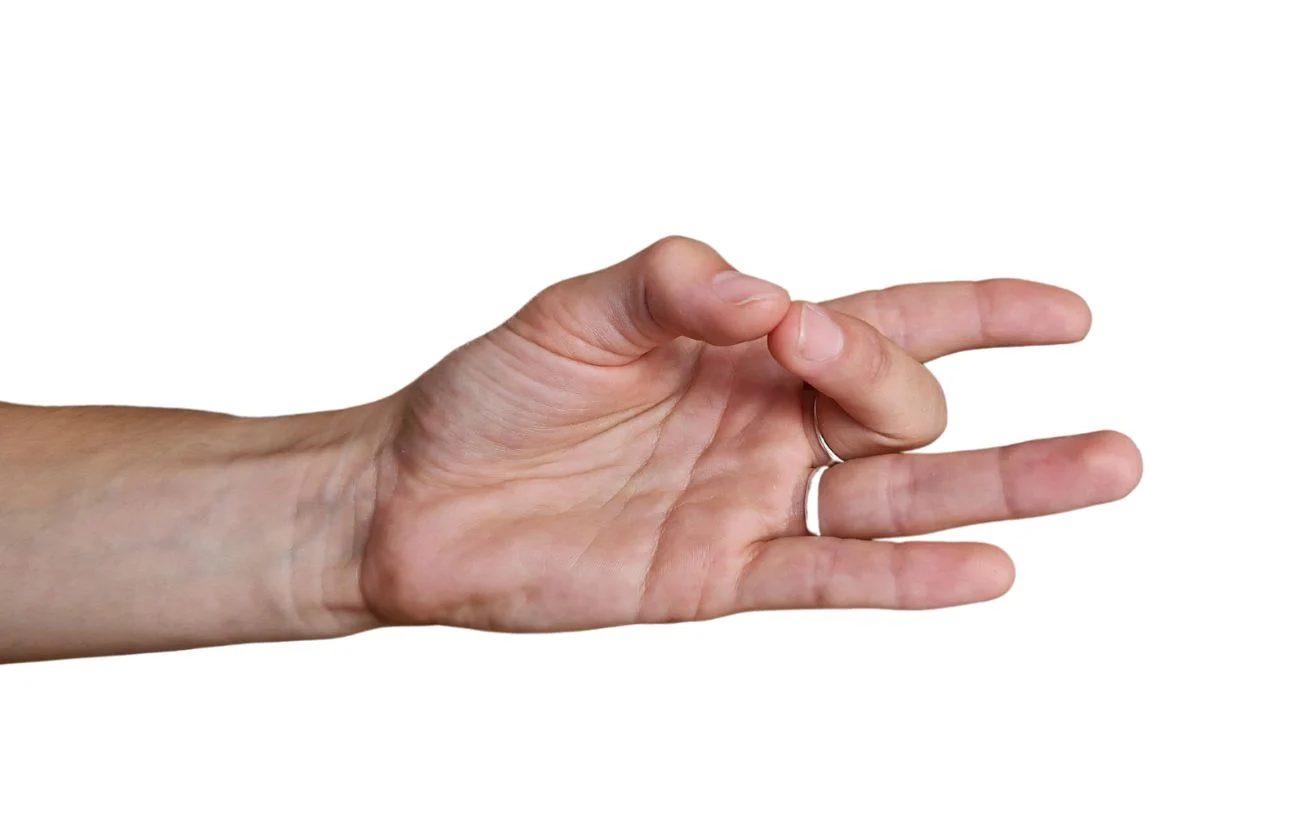
The Shuni Mudra is created by holding the other fingers straight and pressing the middle finger’s tip against the thumb. This yoga mudra is related to the component of earth and is accepted to expand the characteristics of persistence and assurance in the specialist, as well as the capacity to defeat impediments.
This is the way to perform Shuni Mudra:
- Sit in Sukhasana (Easy Pose), Padmasana (Lotus Pose), or Vajrasana (Thunderbolt Pose) in a comfortable seated position with a straight spine.
- Push your hands to the brink of collapse, with your palms looking up.
- Contact the tip of the center finger to the tip of the thumb, while holding different fingers straight. The other fingers remain extended while the middle and thumb form an energy circuit.
- Maintain this position while paying attention to your intention and breath. Relax and let go of any tension in your body by taking slow, deep breaths.
This mudra can be worked on during situated reflection, pranayama, and yoga asanas, yet in addition can be integrated into your day-to-day everyday practice whenever, for example, when you are feeling worried or have a troublesome undertaking ahead.
4. The Prithvi Mudra
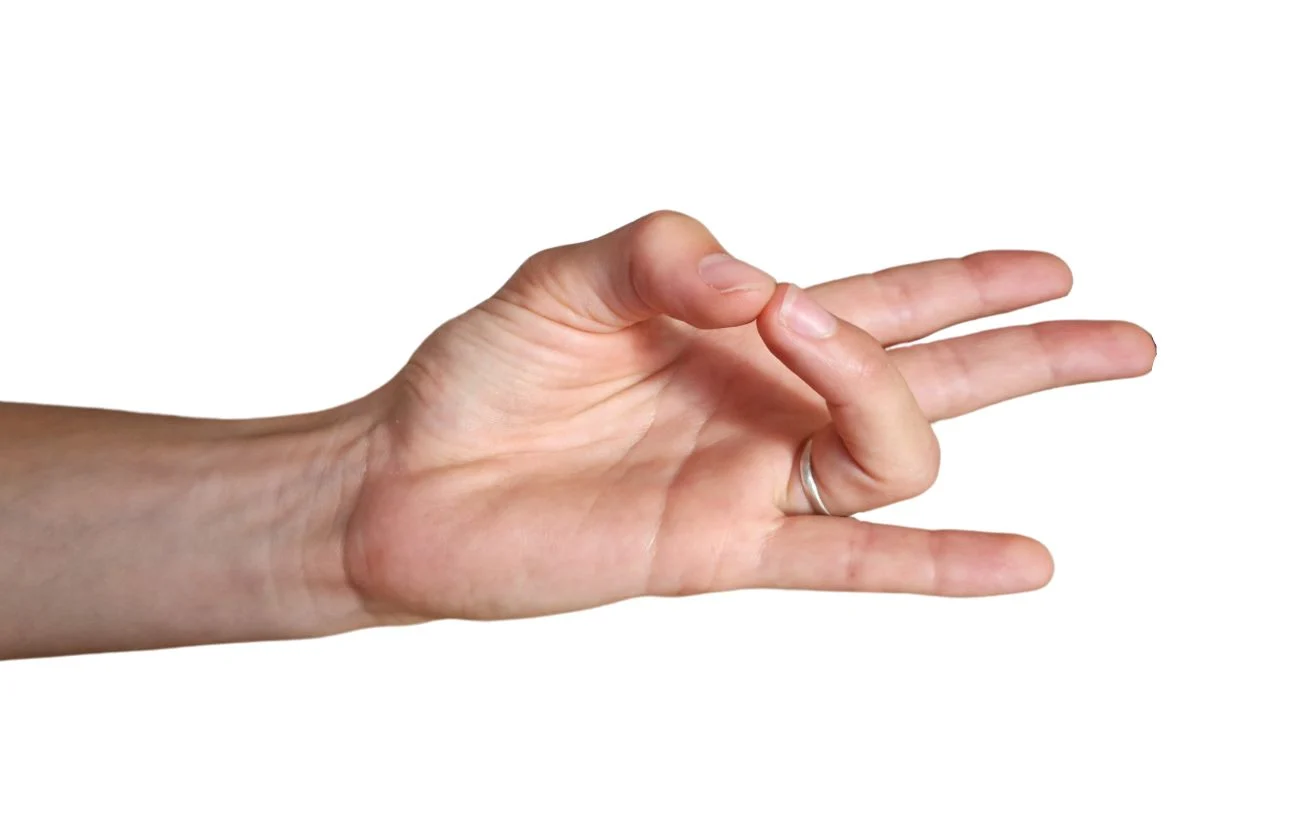
The Prithvi Mudra is created by holding the other fingers straight while touching the ring finger’s tip to the thumb’s tip. The earth element is associated with this yoga mudra, which is believed to aid in the body’s balance of this element, thereby enhancing overall physical strength and stability.
This is the way to perform Prithvi Mudra:
- Sit in Sukhasana (Easy Pose), Padmasana (Lotus Pose), or Vajrasana (Thunderbolt Pose) in a comfortable seated position with a straight spine.
- Push your hands to the brink of collapse, with your palms looking up.
- Contact the tip of the ring finger to the tip of the thumb, while holding different fingers straight. The ring finger and thumb structure a circuit of energy, and different fingers stay broadened.
- Maintain this position while paying attention to your intention and breath. Relax and let go of any tension in your body by taking slow, deep breaths.
Likewise with different mudras, Rehearsing Prithvi Mudra for no less than 5-10 minutes every day for ideal benefits is suggested. It tends to be worked on during situated reflection, pranayama, and yoga asanas and it tends to be remembered for your day-to-day daily schedule too.
5. Vayu Mudra
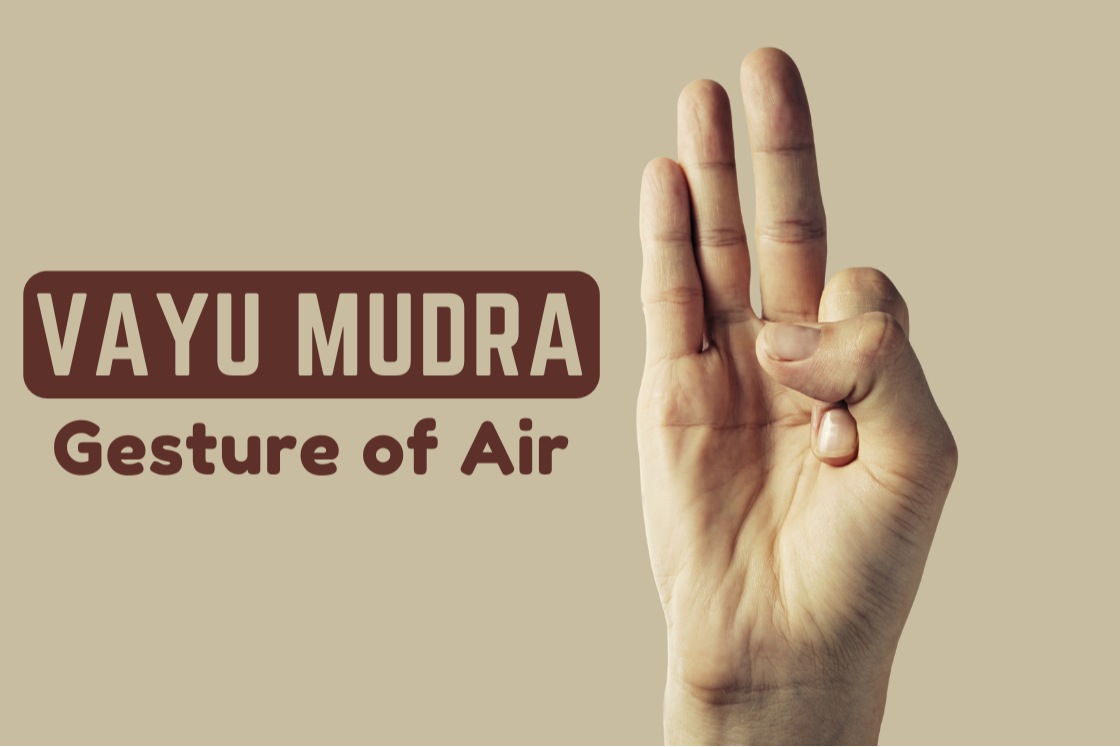
Vayu Mudra is framed by collapsing the forefinger and squeezing it against the foundation of the thumb. This mudra is related to the air component and is accepted to assist with adjusting this component inside the body, which can ease specific circumstances like clogging and weakness.
Vayu Mudra is performed as follows:
- Sit in an agreeable situated position with your spine straight.
- Push your hands to the brink of collapse, with your palms looking up.
- While maintaining straight fingers, fold the index finger and press it against the base of the thumb. The other fingers remain extended while the index and thumb form an energy circuit.
- Stand firm on this foothold while you center around your breath and your expectation. Take slow, full breaths, and let go of any strain in your body.
Vayu mudra is thought to be helpful for people who have constipation, indigestion, and gas, as well as for people who have asthma, COPD, and chronic bronchitis, which are respiratory conditions.
However, mudras should not be used in place of medical care, and if you have any questions about your health, you should talk to a doctor before beginning mudra practice. Mudras are viewed as a supplement to conventional clinical treatment and not a substitution for it.
6. The Apana Mudra
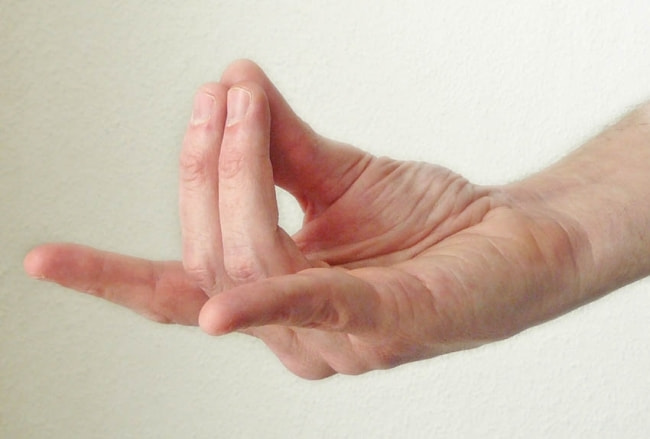
The Apana Mudra is shaped by collapsing the center and ring fingers and squeezing them against the foundation of the thumb while keeping different fingers straight.
Also known as Apana Vayu, it is used to help the body move energy downward, which is important for controlling the reproductive organs and getting rid of waste. This Mudra is accepted to help in the treatment of conditions like clogging, acid reflux, and gas, as well as specific circumstances connected with regenerative organs.
Apana Mudra is performed as follows:
- Sit in an agreeable situated position with a straight spine.
- Push your hands to the brink of collapse, with your palms looking up.
- Overlay the center and ring fingers and press them against the foundation of the thumb, while keeping different fingers straight. The center and ring finger and thumb structure a circuit of energy.
- Maintain this position while paying attention to your intention and breath. Take slow, full breaths, and unwind.
Apana Mudra, like all mudras, is thought to be more effective when practiced in conjunction with pranayama, visualization, and affirmation. Before beginning a mudra practice, it is essential to consult a medical professional as always.
7. The Surya Mudra
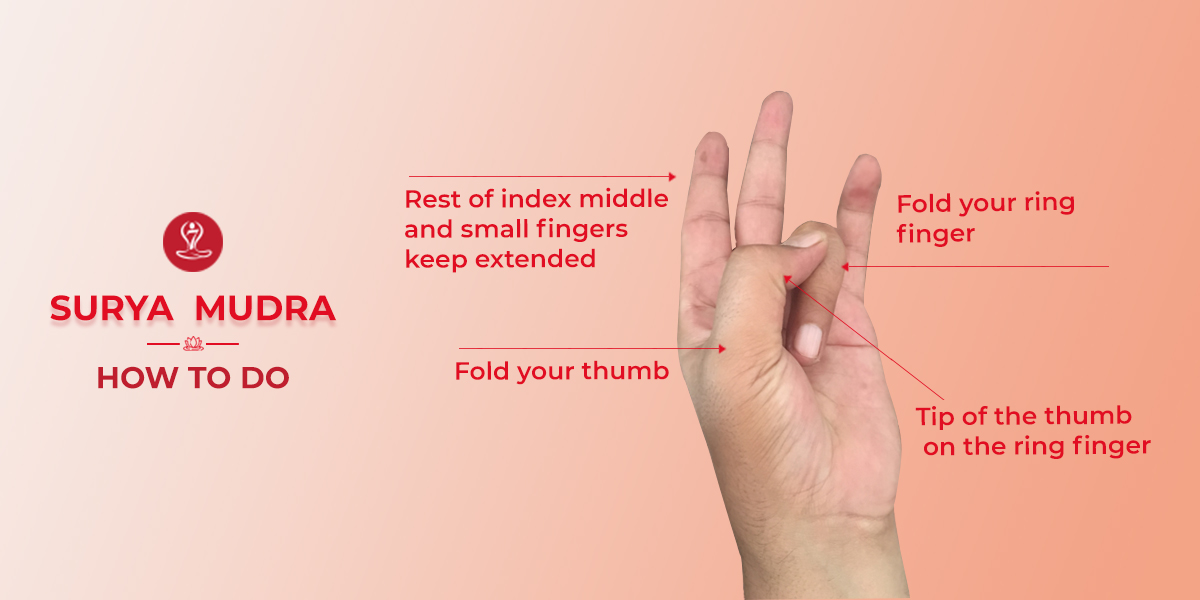
The Surya Mudra is created by pressing the ring finger’s tip against the thumb’s base while maintaining straight fingers. This yoga mudra is accepted to assist with adjusting the component of fire in the body and is many times used to build energy, and essentialness and to assist with weight reduction. It is utilized to actuate the Manipura Chakra, or the sunlight-based plexus, which is related to resolve, confidence, and the stomach-related framework.
Surya Mudra is performed as follows:
- Sit in Sukhasana (Easy Pose), Padmasana (Lotus Pose), or Vajrasana (Thunderbolt Pose) in a comfortable seated position with a straight spine.
- Push your hands to the brink of collapse, with your palms looking up.
- Press the tip of the ring finger against the foundation of the thumb, while keeping different fingers straight.
- Maintain this position while paying attention to your intention and breath. Relax and let go of any tension in your body by taking slow, deep breaths.
Conclusions for Yoga Mudras:
Yoga Mudras are a significant part of yoga practice and are accepted to have many advantages for both the body and the brain. In yoga, there are a variety of mudras, each with its own benefits and applications. Once more, Mudras ought not to be viewed as a substitute for clinical treatment. Mudras are viewed as a supplement to conventional clinical treatment and not a swap for it. Regardless, it’s fundamental to be aware of the unique situation and the beginning of the mudra while performing them to get the full advantages and figure out the appropriate use.
To develop your yoga information further then Himalayan Yoga Academy’s 200-Hour Yoga Teacher Training and 500-Hour Yoga Teacher Training Welcomes you invites you. Our advanced 500-Hour Yoga Teacher Training program will help you reach your full potential as a yoga practitioner and teacher. Our program in Nepal is designed to be safe, suitable, and transformative. It gives you a complete and authentic yogic experience while also immersing you in Nepal Immerse Culture and Natural Diversity.
4 Simple Methods for Improve Up Your Yoga Practice
4 Simple Methods for Improve Up Your Yoga Practice
In the present speedy society, you once in a while need to stop and relax. This may explain why yoga and meditation are gaining popularity worldwide, including in the United States. As per Forbes, the ascent of yoga in the Western world outcomes from the “universality of yoga studios, reflection applications, and the media inclusion” of studies. It showcases yoga’s physical and emotional well-being benefits on the human body. How people are transforming and way of living has been transformed in many people due to
Here are various steps that will help you Improve Up Your Yoga Practice
Bring a Towel
Whether you have an ailment like hyperhidrosis or honestly love hot yoga, a towel makes your training more secure and less dangerous. Pick a dampness-wicking towel to pull sweat away from your skin. Towels help you avoid injuries and allow you to keep your good form even when you’re sweating. Placing a towel on your mat during training reduces sweaty palms during lower confronting canine while padding your joints.
Install a Mobile App
Nowadays, it appears to be there’s an application for everything — and yoga is surely no special case! There are a few free and minimal-expense Android and iPhone applications for yogis of all expertise levels, from novice to experienced. For instance, the impending YogaGen application will involve your cell phone to catch and break down your arrangement in each posture. Yogis who utilize the application will want to address arrangement issues and keep tabs on their development after some time.
A smartphone is needed for many apps, especially those for newer models. Assuming your telephone is more established, it very well may be the ideal opportunity for an update. Find a gadget that works with your ongoing information plan and spending plan, and furthermore incorporates every one of the elements you really want to transform into a yoga problem area. Assuming you’re an iPhone darling, peruse and look at accessible Apple cell phones, you can ordinarily track down an arrangement that places your exchange toward the expense. Obviously, on the off chance that you’re a greater amount of Android fans, similar advances actually apply. Scan the web for item surveys, and find a telephone that fits the spending plan and highlights you want. As per PCMag, Android telephones offer something for everybody.
Make Use of Yoga Props
Yoga props aren’t just for newbies. The regarded yoga instructor, B.K.S Iyengar, truth be told. Iyengar brought props into yoga practice with the goal that everybody, paying little mind to actual capacity, could capitalize on their yoga practice. “Props are not the path itself, but merely an aid in a particular situation,” wrote one Yoga Journal reader.
Yoga blocks, ties, and reinforces can assist you with forestalling injury, unwinding into a posture, holding a more profound, or helping your supportive yoga practice. Yoga balls, on the other hand, are a healthier alternative to sitting in a chair and help strengthen your core muscles. Keep in mind, the yoga mat is a bad situation for self-image. As you go deeper into your practice, using the right props gives you support and safety.
Get Certified
If you’re a more experienced yogi or yogini or if you want to deepen your own practice, attending yoga teacher training might be worthwhile. You will learn about anatomy, yoga physiology, and anatomically correct posture during yoga teacher training.
Yoga Teacher Training, such as those offered by Himalayan Yoga Academy, provide certification that enables you to teach yoga classes or, if you so choose, open your own yoga studio. For the most widely accepted teaching credentials, look for programs that are certified by Yoga Alliance when selecting a teacher training program.
To further develop your physical and mental prosperity, yoga is an insightful spot to begin. You can clear your mind by slowing down, stretching, and taking deep breaths. Numerous studies demonstrate yoga’s positive effects on health, including relief from stress and back pain. Apps, props, and other tools can help you take your practice to the next level, whether you want to teach yoga or learn an advanced pose.
